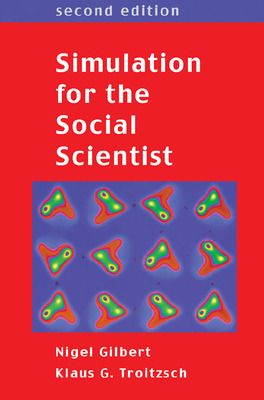Simulation for the Social Scientist
2nd Edition
0335216005
·
9780335216000
© 2005 | Published: February 16, 2005
What can computer simulation contribute to the social sciences?Which of the many approaches to simulation would be best for my social science project?How do I design, carry out and analyse the results from a computer simulation?Interest in social sim…
Read More
Request Review Copy
Receive via shipping:
- Colour, print bound version of the complete text
1: Simulation and social science
2: Simulation as a method
3: Systems dynamics and world models
4: Microanalytical simulation models
5: Queuing models
6: Multilevel simulation models
7: Cellular automata
8: Multi-agent models
9: Developing multi-agent systems
10: Learning and evolutionary models
Appendix A (websites)
Appendix B (Linear stability analysis of the hawk–dove–lawabider model)
Appendix C (Random number generators)
2: Simulation as a method
3: Systems dynamics and world models
4: Microanalytical simulation models
5: Queuing models
6: Multilevel simulation models
7: Cellular automata
8: Multi-agent models
9: Developing multi-agent systems
10: Learning and evolutionary models
Appendix A (websites)
Appendix B (Linear stability analysis of the hawk–dove–lawabider model)
Appendix C (Random number generators)
- What can computer simulation contribute to the social sciences?
- Which of the many approaches to simulation would be best for my social science project?
- How do I design, carry out and analyse the results from a computer simulation?
This authoritative book details all the common approaches to social simulation, to provide social scientists with an appreciation of the literature and allow those with some programming skills to create their own simulations.
New for this edition:
- A new chapter on designing multi-agent systems, to support the fact that multi-agent modelling has become the most common approach to simulation
- New examples and guides to current software
- Updated throughout to take new approaches into account

